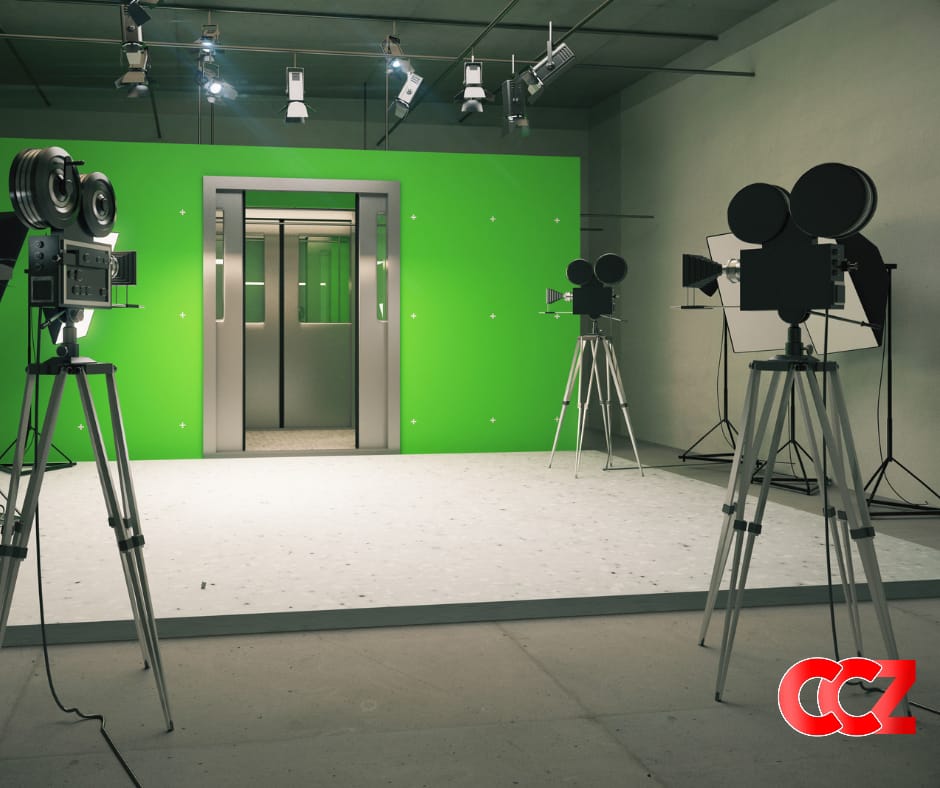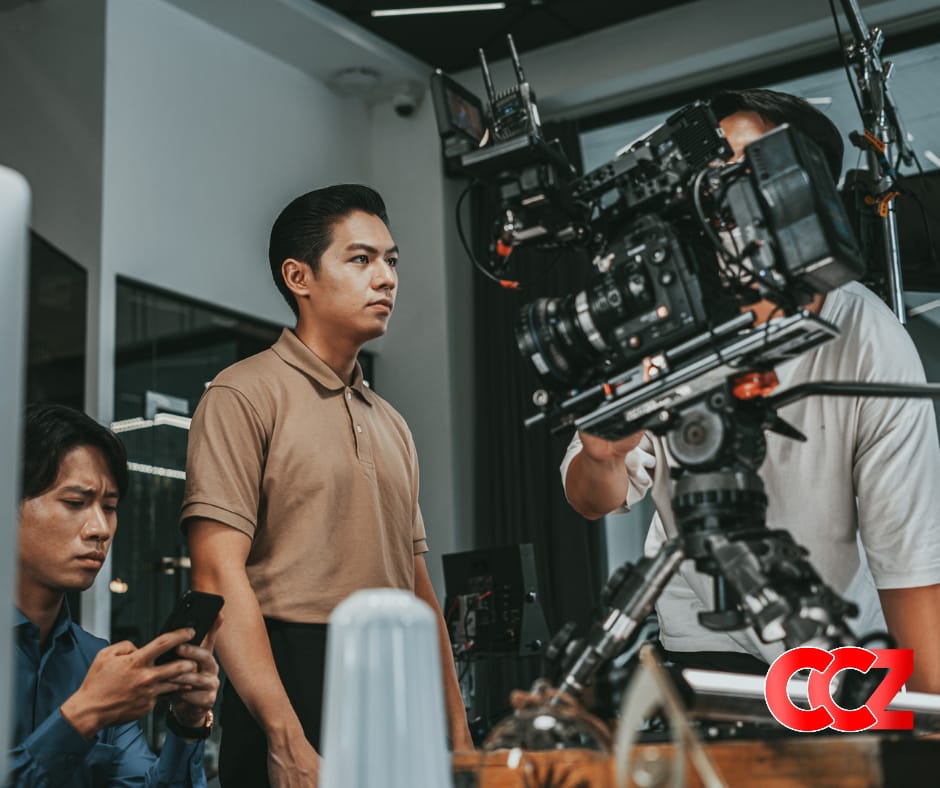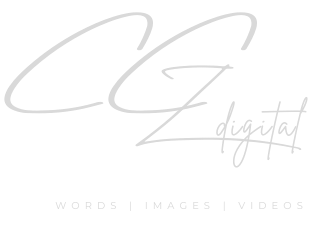Producing a successful movie requires hundreds of various aspects, including scriptwriting, casting, and direction. These elements make up the movie’s content, but the way a filmmaker presents it to the audience is down to cinematography. A cinematographer or director of photography makes all the visual decisions audiences see when making a movie.
Definition of Lighting in Cinematography
While lighting may not seem as vital as scriptwriting or casting actors, its significance in each aspect of film production is unquestionable. It affects how a filmmaker captures a scene in a video or film. Lighting in filmmaking refers to using numerous lights on a location or film set to get a specific look at a scene once the cinematographer captures it on a video or movie. It aims to strengthen or underline the actions of a movie scene.
The photography director generally works with the lighting crew and camera operator to achieve a general cohesive vision. While the lighting crew does the lighting work in film production, the photography director supervises the job. They also oversee the camera crew, which lets them manage lighting to ensure it matches how a scene gets filmed.
Filmmakers also use lighting to make some objects or actions stand out among other elements in a scene. Lighting works in numerous ways, visually demonstrating significant and non-significant aspects to reinforce the action of a film scene.
Lighting can also visually represent or reinforce emotions in a scene, aiming to strengthen the story. Photography directors, for instance, can use harsh lighting to help support the emotional aspect of the script, making it more eventful or direct. Softer lighting allows them to highlight a romantic or spiritual scene in the film.
Therefore, lighting is a must element to ensure the overall feel of a scene as it appears on the screen. Inappropriate lighting may make a film scene feel jarring to the audience. For instance, a dramatic scene lit softly is likely to betray the actions in the film scene and may feel unimpressive. On the other hand, an emotional love scene lit with harsh lights usually gives a strange or inappropriate.
Importance of Proper Lighting in Cinematography
Every filmmaking project aims to convey a message to the audience. Generally, the story or theme of the film is the message that the filmmaker aims to convey to its audience. Since proper lighting assists this storytelling, it is significant to take care of this aspect to set the video’s mood.
The way the photography director lit the scene conveys so much to the viewers. Besides storytelling, the role of lighting in filmmaking is to communicate the atmosphere and the mood. A poorly lit movie can ruin a good script as it goes opposite a successful outcome.
Colorful and bright lighting contributes to a cheery mood, while shadowy and dark images invoke an anonymous and ominous feeling. It adds several characteristics to a film set to adjust a scene and shows the difference between a dirty alley and an airy park.
Likewise, filmmakers heavily utilize lighting to build their characters, communicating the difference between heroes and villains. Simple and well-utilized brightness can make the audience feel intensely about the characters in a shot. They see them as clean and acceptable in the script when the photography director casts the subject in bright light.

Lighting and Genre Presentation
Cinematographers can interpret numerous genres in a movie in several different ways. They use lighting as one of the most important channels to present genre in their films. The measurable way of the lighting ratios allows the cinematographer to observe the use of the light in the genre.
A low lighting ratio does not provide too much shadow in most well-lit movie scenes. It lets the audience watch a lighthearted scene or production, perhaps a romance or a comedy. Genres, such as film noir, make the best use of high-light rations to shoot the subject half in bright light and half in dark shadow.
Utilizing light rations helps cinematographers create dramatic images and provides more depth to their shots. Since lighting also determines where the photography director wants to draw the audience’s eye, it must not make the viewers miss the critical details.
Practical Requirements & Uses of Lighting in Filmmaking
Unlike the human eye, which can see tiny details and make the necessary adjustments to an image, letting it make sense, cameras might need more time to be as advanced as this. Setting lighting perfectly to the tiniest alteration is essential to show a perfect image to the audience.
For instance, adjusting the color temperature by combining tungsten and daylight allows human eyes to interpret a white shallow as white even when it looks different due to the light shone upon it. Cameras can only shoot reality, and the surface does not look as while in the movie. This example demonstrates the significance of proper lighting, as a correctly done lighting setup can eliminate this issue.
Years ago, daylight or natural light was the primary illumination source for cinematographers. The limitation of using sunlight led to the formation of an alternative – studio lighting. It enables filmmakers to create numerous lighting types and shoot movies without relying on daylight.
However, they must correct any errors while choosing the lighting and save money. Correctly lit shots enable photography directors to complete digital alteration, or else they would have to go through expensive reshoots if they make mistakes in lighting
Improvements in Lighting Technology
Advanced lighting technology has made painting an image on a movie set easier. In 1958, Stanley McCandless created modern stage lighting to make the base of what photography directors use today. Candles and daylight were the only sources available when lighting became a vital art in cinematography. Finally, electricity replaced more accessible illumination tools – gas lights and oil lamps, becoming the most versatile option to lit a film set.
Modern directors of photography utilize artificial light in filmmaking instead of working around fading daylight and flaming candles. They work with LED panels and barn doors to get complete control over the color, brightness, and light direction, enabling more creative adjustments and decisions to achieve the best outcome.
While modern cinematographers use natural light for great success, access to more versatile lighting has brought filmmaking to the next level. They measure the hue or color of a light source using the Kelvin scale – a functional tool to set their shot’s tone perfectly.
Role of the Shadow in Lighting on a Film Set
Shadow comes in handy when the director of photography wants to add mood and atmosphere to the shot and create depth and texture for more dimensions. It plays a much more complex role than providing darkness.
Soft and hard are two shadow types. Hard shadow makes the subject of the shot stand out in the setting and shows much more detail. On the other hand, the soft shadow is more flattering than the hard one. It can blend the subject into the picture and does not reveal tiny flaws and details the cinematographer may want to keep hidden.
Shadow effectively creates depth in the images, making a difference between the background and foreground of the picture. It allows the cinematographer to ensure the viewers pay attention to the right things. Cinematographers use soft and hard shadow types depending on the shot type to bring the most impressive impact to the audience.
Color & Lighting in Filmmaking
Color effectively invokes an emotional response in the audience, apart from other changeable elements. Cinematographers should carefully consider the hue of their lighting to make a difference to the end product.
Colors can convey specific emotions in a movie, though different people may interpret colors differently. Analog color lighting tends to look natural and easy on the human eye. Directors of photography can use monochromic light and a single color to create a particular atmosphere effectively. They can combine primary colors to find lively and surreal to give their scene a dreamy effect.
Conclusion
Lighting in cinematography is an essential component. Directors of photography rely on lighting to observe a specific shot, though it leads them to the correct interpretation. It is almost impossible to convey all the emotion and mood without a proper lighting setup in a movie. Colors, brightness, and shadow are imperative factors in how a film scene appears in front of the audience.
Cinematographers make the most of these elements to control the audiences’ emotions and direct them in the script. It is worth mentioning that cinematographers can risk flat and lifeless images without involving well-thought lighting in cinematography. An inappropriately light setup studio can convey all the emotion and drama filmmakers require for their craft.

